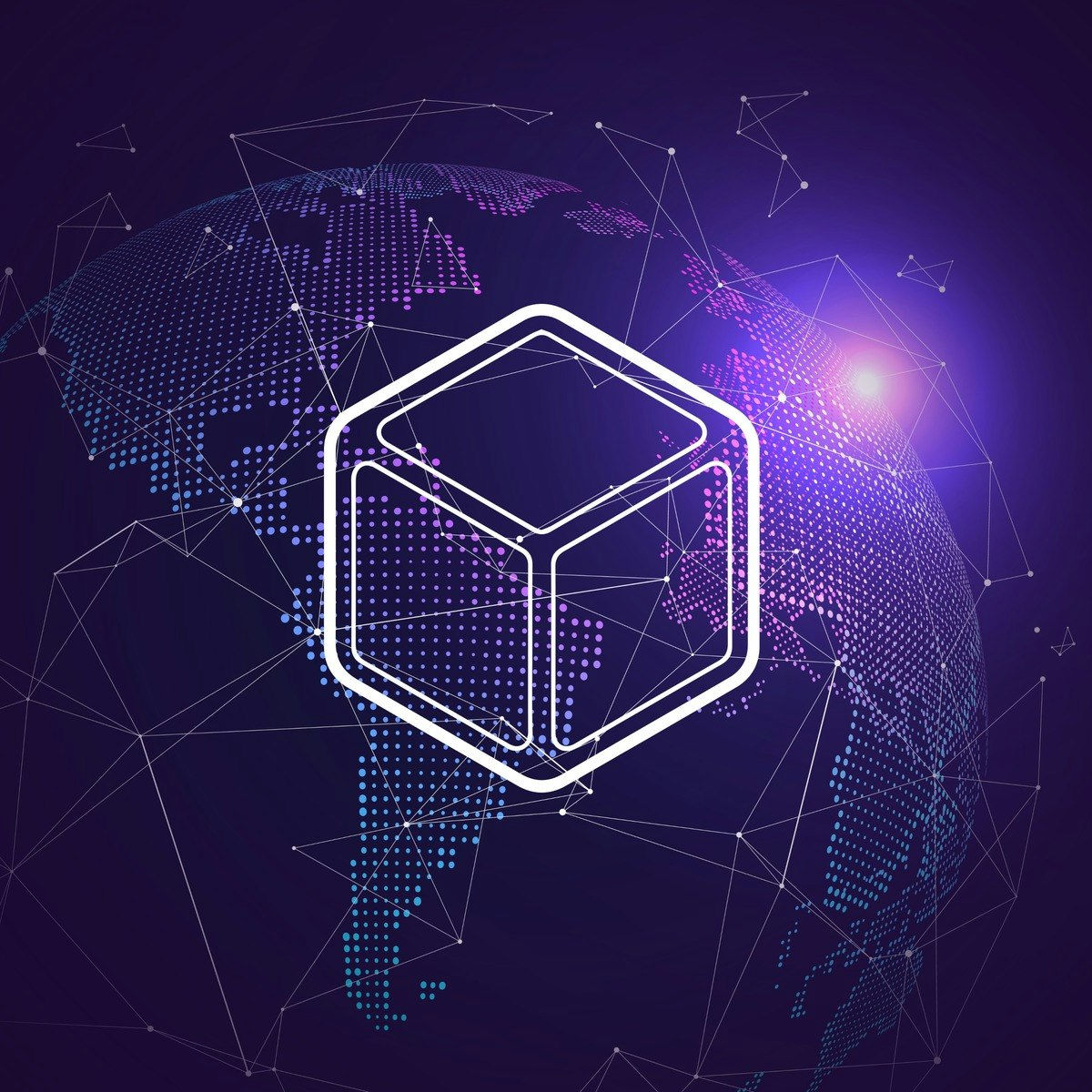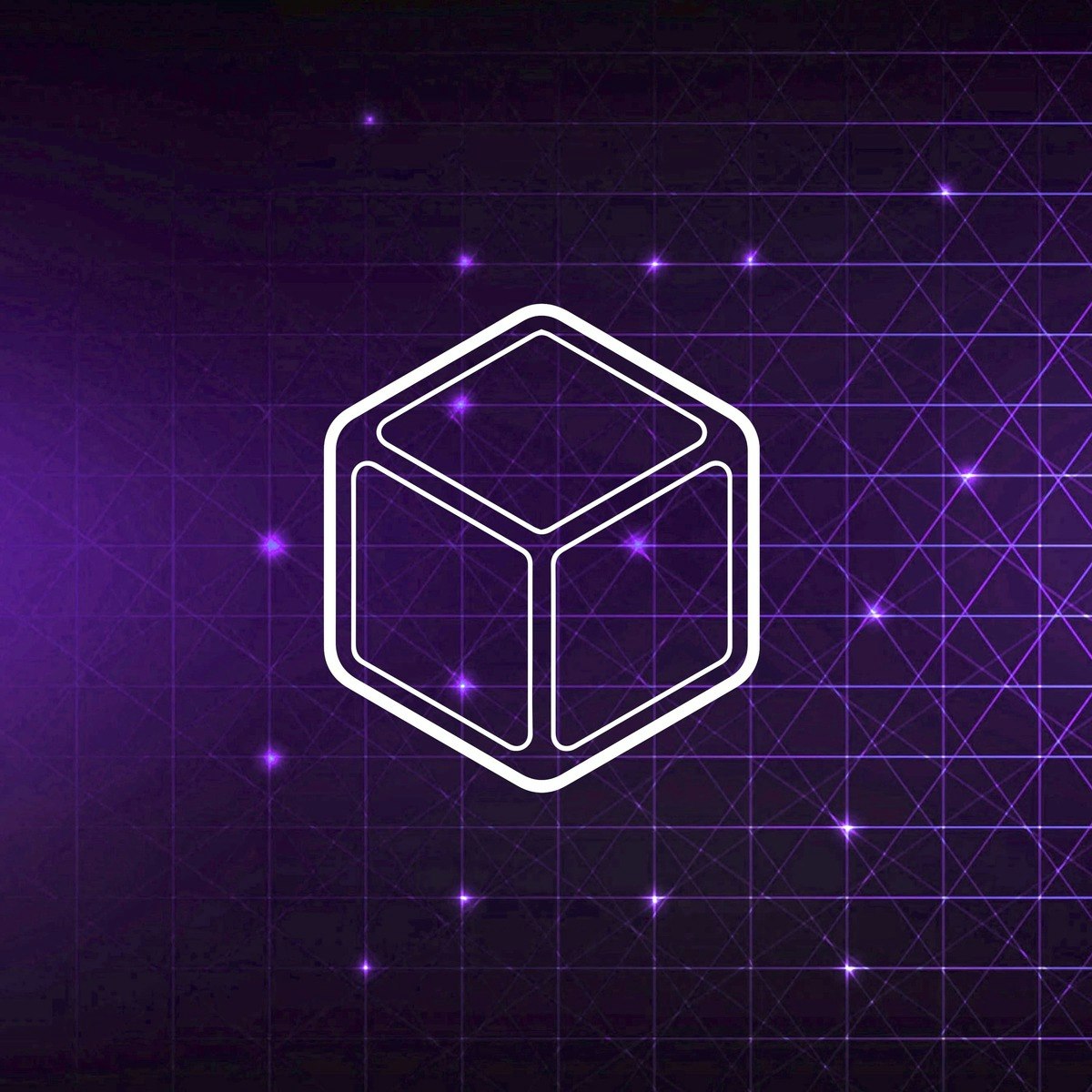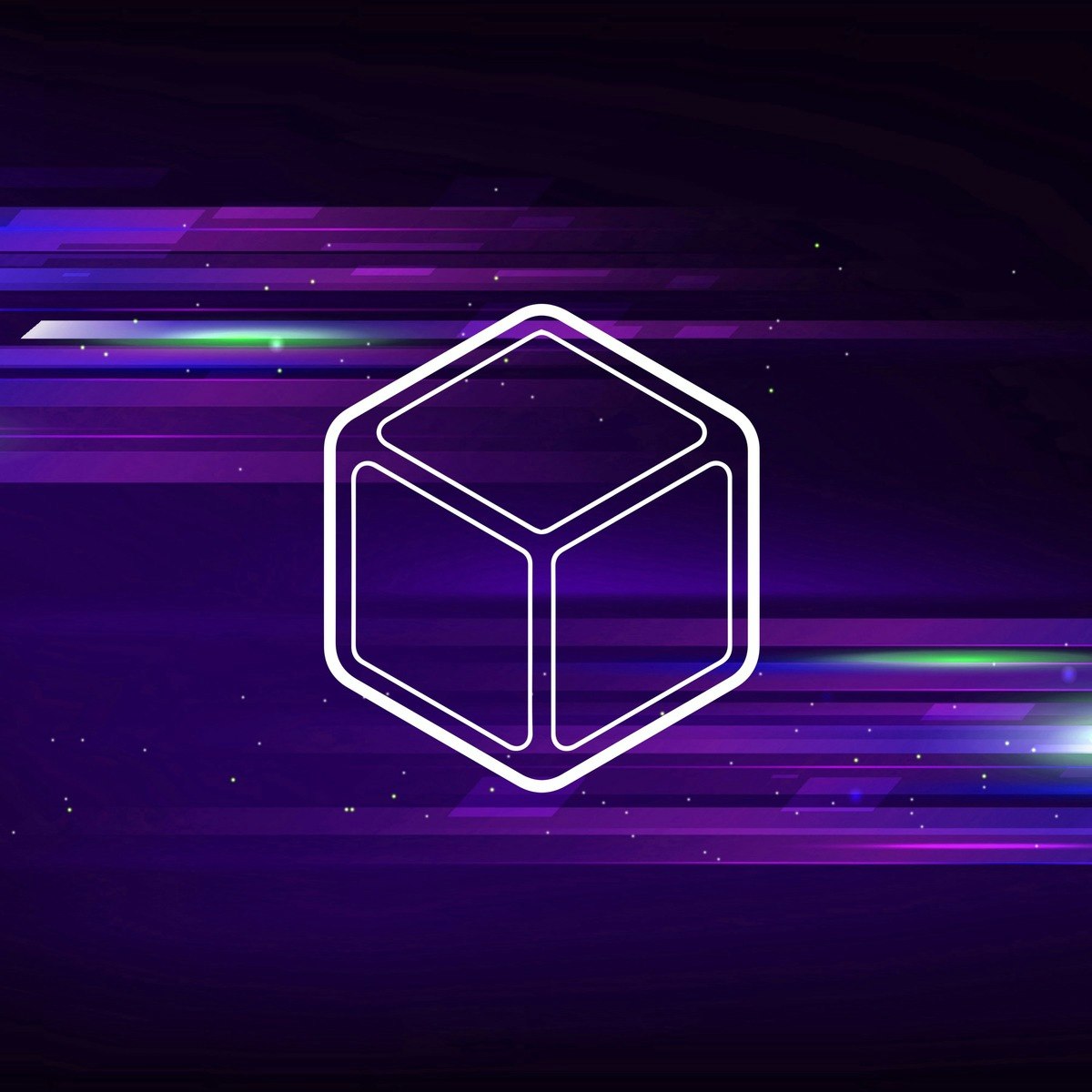Web3 and Blockchain Transformations in Global Supply Chains Online Course Overview
The global supply chain is a $50 trillion industry and is the foundation of our global economy. While information technology has improved the flow of goods globally over the last few decades, as the COVID-19 crisis revealed there is still critical work to do. Today’s supply chains are complex, with parties conducting their transactions through a Byzantine network of computer systems with disparate applications like e-mail, phone, and fax.
There are invoices, letters of credit, bank guarantees, bills of lading, tax forms, receipts, and other paperwork moving through this complex labyrinth. Payments are made through a hodgepodge of intermediaries, and consumers and supply chain players alike struggle to get accurate information.
Enter blockchain—the Internet of Value. For the first time in human history, individuals and organizations can manage and trade their assets digitally peer to peer. These assets can be digital like money, identity, and private information; or they can be physical assets represented by digital tokens. Parties to a transaction achieve trust not necessarily through an intermediary, but through cryptography and clever code. In this course, you will learn how blockchain can improve global supply chains by streamlining processes, reducing costs and fraud, improving supply-chain visibility, authenticating assets and their origins, and ultimately fuelling product innovation.
Development of this course was made possible thanks to the generous support of FedEx. Dale Chrystie, Business Fellow & Blockchain Strategist at FedEx, appears in several of the course videos, bringing a real-world industry perspective to the course. The scripts for these videos have been written and/or reviewed by the Blockchain Research Institute and approved by INSEAD to ensure that this content is pedagogically sound, unbiased, and academically rigorous.
What You Will Learn
- The roles of key participants in the global trade network and where the needs of each participant align with the value characteristics of blockchain
- What it means to “tokenize” an asset, and approaches to securing the physical-digital interface
- Examples of sensor-based logistics, and IoT challenge areas that show promise for blockchain-based solutions
- Blockchain solutions for provenance, traceability, ethical sourcing, and asset life-cycle management
Web3 and Blockchain Transformations in Global Supply Chains MOOC Course Syllabus
WEEK 1 – Blockchain in Global Trade
Global trade has grown in complexity and magnitude over millennia, but its processes remain relatively unchanged. This module explores how blockchain can help modernize global trade and link together other capabilities for the twenty-first century.
In this module, you will learn how various participants in the global trade network stand to derive unique value from blockchain technology—including banks and financiers, corporations, freight forwarders and carriers, customs and port authorities, regulatory bodies, and insurance providers.
You will explore the ways that blockchain serves to link together organizations, industries, and technologies, and fosters an approach to collaboration that will drive new efficiencies.
WEEK 2 – Reducing Supply Chain Complexity
Most supply chains today still rely heavily on opaque, time-consuming, and costly processes. Documentation is largely paper-based and handled manually. Approvals from multiple parties at each checkpoint often cause delays and are susceptible to fraud on cross-border orders.
Catching mistakes in compliance and quality control is difficult. In this module, you will learn how blockchain can help mitigate the complexity of global supply chains by building trustable digital relationships among partners, goods, and customers.
WEEK 3 – Blockchain, IoT, and Sensor-Based Logistics
The Internet of Things (IoT) revolves around connectivity, identification, sensing, remote monitoring, and actuation of physical objects. In the context of global supply chains, the application of IoT to sensor-based logistics enables cargo data—such as location, temperature, humidity, pressure, shock, and light exposure—to be captured and transmitted to multiple parties, allowing them to improve overall visibility and respond to unexpected deviations.
In this module, you will learn how blockchain can help achieve autonomous and contract-based communication between physical things, providing an auditable record for products in transit.
WEEK 4 – Provenance and Traceability
Provenance and traceability are vexing challenges for a wide range of companies and their supply chains. A supply chain represents all links between parties involved in creating and distributing goods, starting with suppliers of unprocessed raw materials and ending with the delivery of a finished product to the consumer.
The application of blockchain for provenance in supply chains aims at providing deep-tier visibility into the origins of a product.
In this module, you will learn how blockchain has the potential to provide unprecedented supply-chain visibility in near real time, serving to combat counterfeit goods, enable ethically-sourced materials, track food safety from farm to fork, and increase buyer trust.
WEEK 5 – Reshaping Global Commerce
Globalization and volatility in demand require an increasing degree of flexibility in the production of goods and equipment. Blockchain has the potential to redefine economic structures and value flows that underpin supply-chain decision-making.
This module explores three opportunities for blockchain in reshaping—or perhaps reversing—-global trade. First, you will learn how blockchain enables new models for distributed manufacturing, facilitating interactions between buyers and manufacturers to streamline production processes. Second, you will explore blockchain’s role in securing end-to-end additive manufacturing (AM) processes, with smart contracts serving as a security layer underpinning AM transactions. Third, you will learn how blockchain facilitates asset life-cycle management, providing a shared and immutable product memory and trail of actionable data over an asset’s life cycle between multiple parties.
The module concludes with a discussion of the enabling considerations for blockchain in global trade, including business considerations (e.g. governance, standards, regulations) and technology considerations (e.g. scalability, interoperability, and integration with legacy systems).
Web3 and Blockchain Transformations in Global Supply Chains INSEAD Course Teacher
- Don Tapscott
- Alisa Acosta







Editorial Staff –
Provide your course review below.